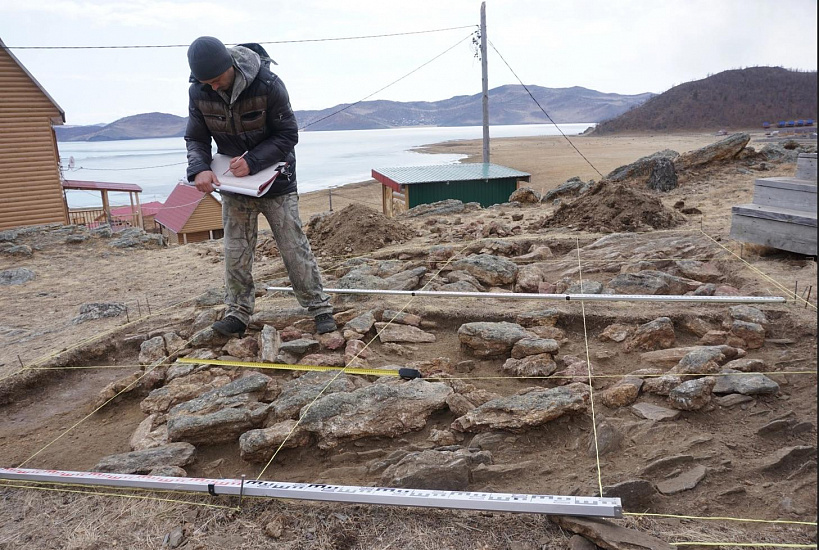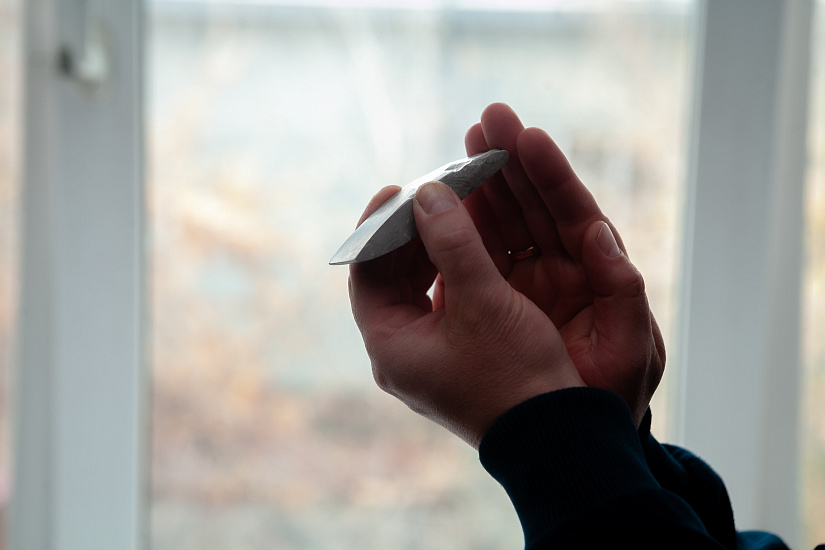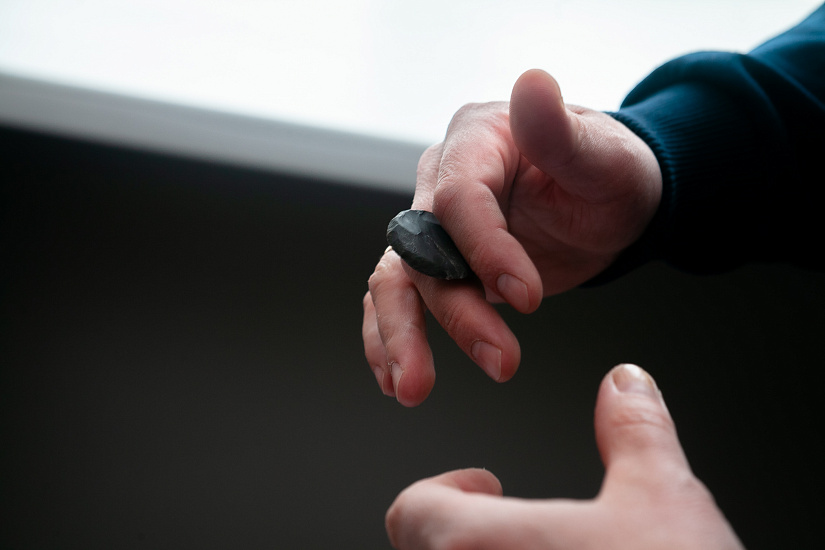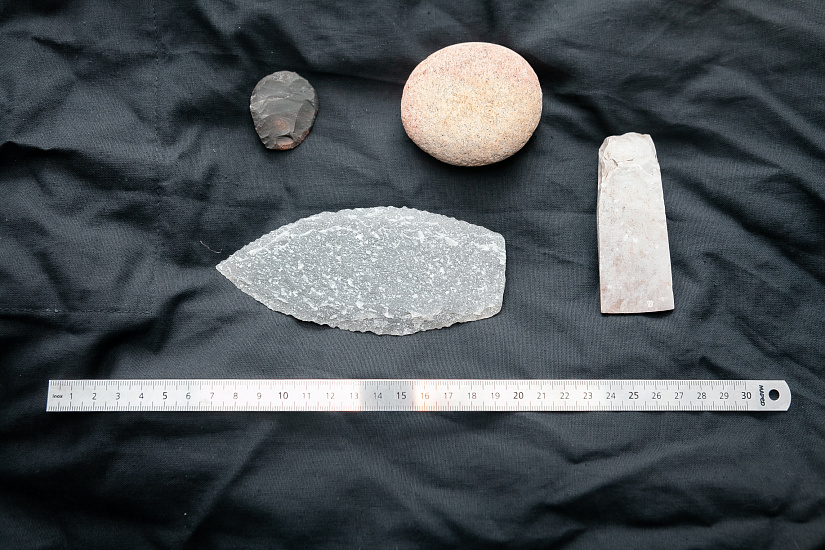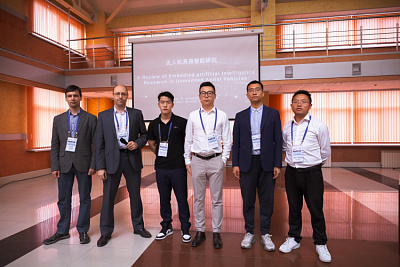Archeological Discovery of Ancient Cenotaph at Shida Bay Shores of Lake Baikal
INRTU archaeologists discovered a cenotaph (symbolic burial) during excavations in Priolkhonye. Hollowed out in the rock, the grave pit contained artifacts fr om the Late Neolithic period.
The excavations took place in early May out on the shores of Shida Bay (‘Small Sea of Lake Baikal’). Dmitry Kichigin, Associate Professor at INRTU Department of History and Philosophy, led the team of archaeologists which included Professor Artur Kharinsky and Senior Lecturer Alexei Korostelev.
The Neolithic grave was unearthed hidden under a circular stone structure, which the locals had been stepping on as they moved around the site. This marked the beginning of a new field season for the archaeologists.
According to Dmitry Kichigin, metal was not yet used in the Neolithic (the final stage of the Stone Age) period, most likely, the grave pit without a skeleton was dug with cornered pointed sharp tools.
“In funeral practices among various world cultures, there are so-called cenotaphs, i.e. graves without human remains. A person was "buried" in this manner, if they had died in a fire, drowned or had been attacked by a wild animal. To complete the funeral rites in the absence of a body, a doll or effigy symbolizing the deceased was placed in the "grave" along with their personal belongings.
The fact that we found a cenotaph, is indicated by the absence of any bone remains, but still with all attributes of a burial: a grave hollowed out in the rock, traces of intense fire (cremation rite) evidenced by the red color of the pit stones, charcoal saturation of the ground in the pit and the presence of household items necessary for the deceased in the otherworldly life,” - said Dmitry Kichigin.
In the grave were found tools, including a leaf-shaped biface knife made of quartzite, a slate chisel for woodwork, a scraper for handling animal skins, round pebbles and an almost complete pot decorated with a comb stamp. Most notable among these tools is a perfectly polished slate chisel. The entire stone tool set is of the most advanced level, thus confirming the dating of the grave to the late Neolithic period, when stone working technology flourished. In the Baikal region, this period is called the "Serovo culture period".
After the excavations, the artifacts were brought to Irkutsk for a comprehensive analysis, and the grave reclaimed. Uncovered artifacts constitute an integral part of the larger burial site the research of which will be continued by INRTU student in the next season.
Photos by Arseny Chekmariov and also from the archives of the expedition participants


